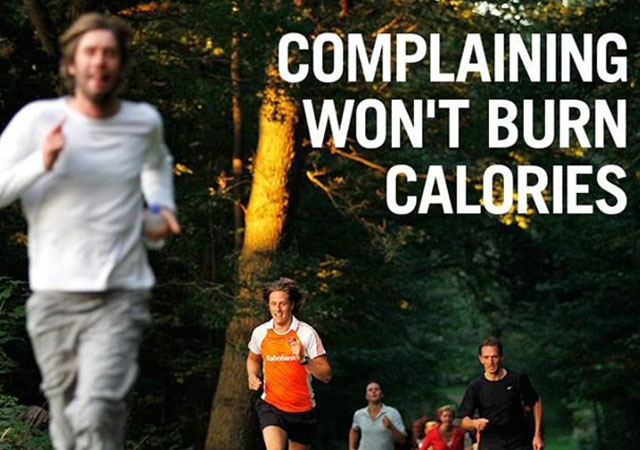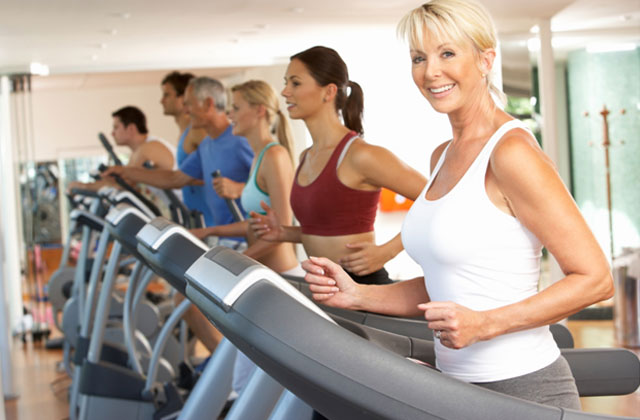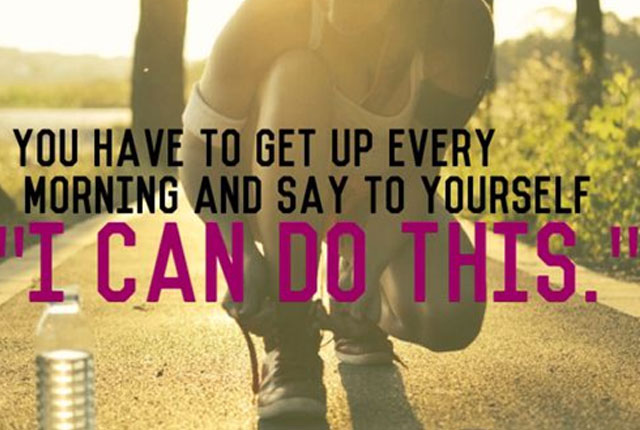[su_heading style=”default” size=”13″ align=”center” margin=”20″]Fitness Guide – Cardio Game Plan to Maximize Fat Loss: The Three Approaches to…[/su_heading]
Guide : Cardio Game Plan to Maximize Fat Loss: The Three Approaches to…
Cardio – it is something that you either hate or it is a favorite remedy to wash off the guilt of self-indulgent feasts. In any case, treadmill, elliptical trainers or stationary cycles, are perhaps the most accessible pieces of equipment for the people who visit the gym and have no background in strength training. This is also the reason why most people end up using equipments for the majority of their workouts. The general unspoken consensus among cardio lovers is to do it as much as they can, whenever they can. All this is done in the name of fitness. But is that healthy? No, it is not even close to healthy.

Daily cardio might be making you lose muscle along with fat, generating a lot of stress on your body and as a result, it could be speeding the aging process rather than reversing it. The major problem with doing the same kind of cardio every day is that the body adapts to it within a few days and thus murders your progress, frequently shoving you into plateaus that keep getting harder to break.
When it comes to creating significant changes in shape and definition, three weekly sessions of resistance training should form a consistent, if not a perpetual part of your exercise regime. Cardiovascular conditioning should be the varying component of your workouts. Keep changing total number of cardio hours and intensity every week to ensure faster recovery, prevent training too hard, preserve lean muscle and enable continuous fat loss.

For best results, you should switch between the following intensities of cardio to keep your workouts fun and challenging.
-
High-Intensity Interval Training (HIIT)
HIIT requires one to alternate between short bursts of maximum effort, immediately followed by low-intensity exertion used for recovery. The ideal duration for HIIT cardio is anywhere between four to twenty minutes and the intervals should be divided in the ratio of 1:2 or 1:3. For instance, a 20-minute outdoor HIIT cardio would involve 30 seconds of sprinting, followed by 60-90 seconds of a slow jog.
Pros: The main benefits of HIIT are that it exclusively torches body fat without any threat to lean muscle tissue. It takes less time than the traditional steady state cardio and generates a massive after burn effect by raising your metabolism for the next 24-36 hours.
The HIIT cardio format may use any of the cardio machines in the gym, bodyweight movements like burpees, jumping jacks, squat jumps, a skipping rope or even traditional free weights to create barbell or dumbbell complexes. No matter which conditioning tool you opt for, occasionally taking your body through the grill of high intensity will not only help you look sharper and leaner, but it will also help you become stronger and build more endurance, irrespective of your age.
Cons: It is not a suitable form of cardio for beginners as their bodies may not have the foundation to endure such a high intensity.
Those who follow a high-volume, high-frequency weight training program may end up overtraining if they incorporate HIIT cardio in their workout.
The best time to do it: Ideal frequency is 2-3 times a week. Take up HIIT cardio when you feel the most energetic. Try four-minute Tabata circuits as a metabolic finisher after a short weight training session. Pick any body weight movement like squat thrusts, on the spot high knee jog or mountain climbers. Perform as many as you can for 20 seconds before taking a ten second rest. Repeat for a total of eight circuits, which cover the time span of a four-minute Tabata circuit.
Avoid HIIT in if you are fasting or have had a heavy weight-training workout.

-
Medium Intensity Steady State cardio (MISS)
Medium intensity is the exertion level of most group activities like aerobics and dance classes. It is the speed on the treadmill at which most people can happily jog for 30-45 minutes and it amounts to 60-65% of maximum heart rate. Since HIIT cardio is possible only for a limited amount of time and for a limited frequency every week, steady state cardio helps one create a larger calorie deficit, particularly in people for whom fat loss is the primary goal.
Pros: Medium intensity cardio is ideal if you specifically want to raise your endurance and stamina levels. Three sessions per week are likely to improve resting heart rate, reform digestion and sleeping patterns and initiate faster recovery from weight training for the average gym member.
Cons: More than four sessions a week may have a negative impact on one’s max effort power or general muscle gain progress.
People looking for radical weight loss often end up over-doing medium intensity cardio, escalating their cortisol levels. Prolonged presence of this stress hormone in the bloodstream, amplifies the aging process.
The best time to do it: Fit steady state cardio right after weight training or on a separate day for 30-50 minutes to maximize fat loss. Avoid more than three weekly sessions if you intend to gain more muscle.

-
Low-Intensity Steady State cardio (LISS)
Low-intensity cardio is the easiest form of movement that involves walking, slow jogging or working the cross-trainer or stationary cycle at low resistance. Many people might dismiss this form of cardio as a waste of time, but it should not be relegated only to the elderly, obese or those looking to ease themselves from a sedentary to an active lifestyle.
Pros: Even the most advanced athletes can use LISS to heal their tired and damaged muscles from intense bouts of exercise. An hour’s brisk walk done early in the morning done, in a fasted state, will give your fat loss that extra nudge and leave you feeling better for the rest of the day by initiating blood flow and oxygen to the sore muscles of your body.

Cons: Although any exercise is better than no exercise, LISS alone may not be enough to create big improvements in body composition.
The best time to do it: Low-intensity movements done at a stretch are ideal for a day off from intense training and should form a part of active rest days. Considering the amount of time most of us have to sit, it is best to walk, take the stairs or go for a ride on a bicycle, as often as you can.
Avoid only in case of severe illness or injury.


[su_note note_color=”#b71319″ text_color=”#ffffff” radius=”3″ class=””]Do you like this post ? Sharing is Sexy ![/su_note]











